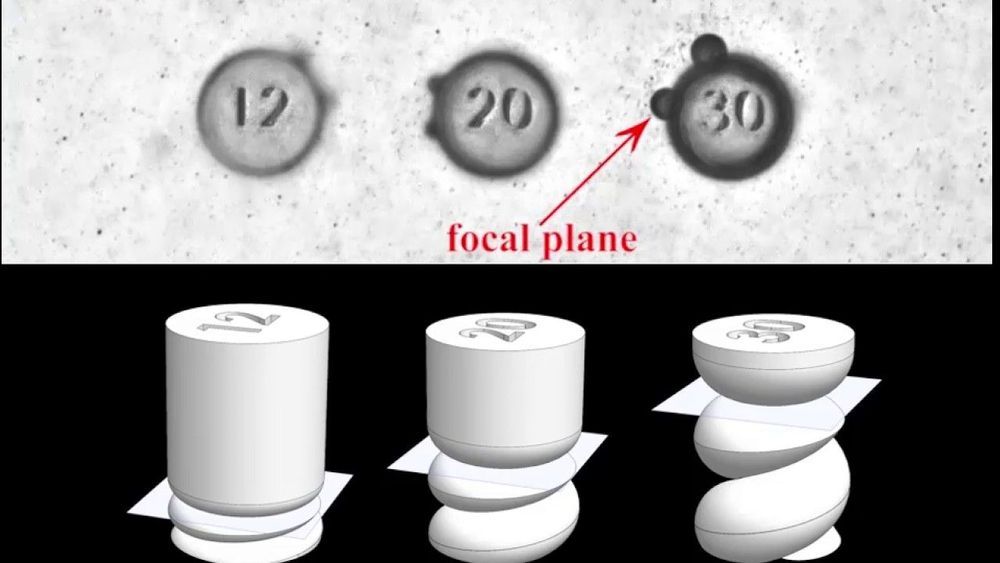In this paper, we characterize and discriminate between normal and cancer cells from three different tissue types, liver, lung, and breast, using capacitance–voltage-based extracted set of parameters. Cells from each type of cancer cell line were suspended in a liquid media either individually or as mixtures with their normal counterparts. Empirically, normal cells were observed to exhibit higher dielectric constants when compared to cancer cells from the same tissue. Moreover, adding cancer cells to normal cells was observed to increase the capacitance of normal cells, and the extent of this increase varied with the type of tissue tested with the lung cells causing the greatest change. This shows that the cancer cells of different cell origin possess their own signature electrical parameters, especially when compared with their normal counterparts, and that cancer cell seems to affect normal cells in a different manner, depending upon the tissue type. It was also noticed that the cells (both cancer and normal) exhibited a higher dielectric value as per the following order (from least to most): breast, lung, and liver. The changes in electrical parameters from normal to cancer state were explained not only by the modification of its physiological and biochemical properties but also by the morphological changes. This approach paves the way for exploring unique electrical signatures of normal and their corresponding cancer cells to enable their detection and discrimination.
Page 8558
Jul 1, 2019
How Google, Microsoft, and Big Tech Are Automating the Climate Crisis
Posted by Fyodor Rouge in category: climatology
Mm 🤔🤔
Why are the biggest and most influential tech companies making deals with oil companies that exacerbate one of the biggest threats to human civilisation?
Jul 1, 2019
Smart glasses follow our eyes, focus automatically
Posted by Paul Battista in categories: biotech/medical, virtual reality
Though it may not have the sting of death and taxes, presbyopia is another of life’s guarantees. This vision defect plagues most of us starting about age 45, as the lenses in our eyes lose the elasticity needed to focus on nearby objects. For some people reading glasses suffice to overcome the difficulty, but for many people the only fix, short of surgery, is to wear progressive lenses.
“More than a billion people have presbyopia and we’ve created a pair of autofocal lenses that might one day correct their vision far more effectively than traditional glasses,” said Stanford electrical engineer Gordon Wetzstein. For now, the prototype looks like virtual reality goggles but the team hopes to streamline later versions.
Wetzstein’s prototype glasses—dubbed autofocals—are intended to solve the main problem with today’s progressive lenses: These traditional glasses require the wearer to align their head to focus properly. Imagine driving a car and looking in a side mirror to change lanes. With progressive lenses, there’s little or no peripheral focus. The driver must switch from looking at the road ahead through the top of the glasses, then turn almost 90 degrees to see the nearby mirror through the lower part of the lens.
Jul 1, 2019
Self-Assembling Microrobots Can Be Programmed To Form A Tiny Car
Posted by Quinn Sena in category: transportation

Researchers at Germany’s Max Planck Institute for Intelligent Systems have developed a new type of self-assembling mobile micromachine that can be programmed to assemble into different formations — ranging from a tiny car to a miniature rocket. Here’s what’s next for the project.
Jul 1, 2019
Anti-Aging Approaches
Posted by Paul Battista in categories: bioengineering, biotech/medical, life extension
Sirtuins can be activated by a lack of amino acids or of sugar, or through an increase in NAD. — David Sinclair If you have not heard of #davidsinclair then it is time you have. he is at the forefront of anti aging research and one of my heroes. While we wait for the miracle pills there are alot of thing we can do to help us age better already. #biohacking #biohacker
Can a single molecule extend lifespan?
Jul 1, 2019
Hearables Will Monitor Your Brain and Body to Augment Your Life
Posted by Paul Battista in category: neuroscience
Jul 1, 2019
Researchers develop a lab-grown blood vessel graft from natural polymers with regenerative properties
Posted by Paul Battista in category: biotech/medical
Researchers may be closer to improving the lives of people with coronary artery disease and children born with pediatric congenital cardiovascular defects through the development of a new vascular graft created by Johns Hopkins engineers that takes less than one week to make and has regenerative properties.
Coronary artery disease, or CAD, is the leading cause of death worldwide and people with the disease often require surgery to repair damaged cardiovascular tissue. Bypass surgery, another common intervention, requires removing the damaged tissue and replacing it with blood vessels from another part of the body, such as the saphenous vein, which runs the length of the leg and is the longest vein in the body. This method puts substantial stress on the body and has other risk factors: it requires patients to have multiple surgical sites, and those in need of the surgery because of plaque build-up may also have plaque accumulation in the grafted vein, causing further complications.
Congenital cardiovascular defects, or CCD, occurs in 1% of live births worldwide, and children born with the condition often undergo repeated surgical reconstruction as they grow. But repeated surgeries reduce the amount of usable vascular tissue for reconstruction and synthetic grafts do not grow as the child grows.
Jul 1, 2019
Einstein, Symmetry and the Future of Physics
Posted by Quinn Sena in categories: futurism, particle physics
Lurking behind Einstein’s theory of gravity and our modern understanding of particle physics is the deceptively simple idea of symmetry. But physicists are beginning to question whether focusing on symmetry is still as productive as it once was.
Jul 1, 2019
Facebook’s digital currency may force central banks to create their own
Posted by Quinn Sena in categories: bitcoin, cryptocurrencies, finance
Just a few months ago, Augustín Carstens, the general manager for the Bank for International Settlements (BIS), the so-called central bank for central banks, said his organization saw no value in the potential of central-bank-issued digital currencies. Well, he’s apparently had a change of heart, and the entrance of Facebook and other “big techs” into financial services appears to be the reason.
The news: Carstens told the Financial Times that the BIS is supporting the “many” central banks currently developing or researching digital currencies. “And it might be that it is sooner than we think that there is a market and we need to be able to provide central bank digital currencies,” he said.
The context: Many other central bankers have dismissed cryptocurrencies like Bitcoin, which tend to be volatile and whose most popular use has been speculation. But Facebook’s proposed digital currency, Libra, will be backed by fiat money and designed to maintain a stable value.
Jul 1, 2019
Futureseek Daily Link Review; 02 July 2019
Posted by Paul Battista in categories: 3D printing, robotics/AI, space
 * Scientists Took an M.R.I. Scan of an Atom * Former NASA Flight Director Gene Kranz Restores Mission Control In Houston * Jeff Hawkins: Thousand Brains Theory of Intelligence
* Scientists Took an M.R.I. Scan of an Atom * Former NASA Flight Director Gene Kranz Restores Mission Control In Houston * Jeff Hawkins: Thousand Brains Theory of Intelligence
* Google’s robots.txt Parser is Now Open Source * Dear Agile, I’m Tired of Pretending * 4 Ways to Debug your Deep Neural Network
* How 3D printing allows scientists to grow new human hairs * NASA is testing how its new deep-space crew capsule handles a rocket emergency * Fake noise will be added to new electric cars starting today in the EU .















